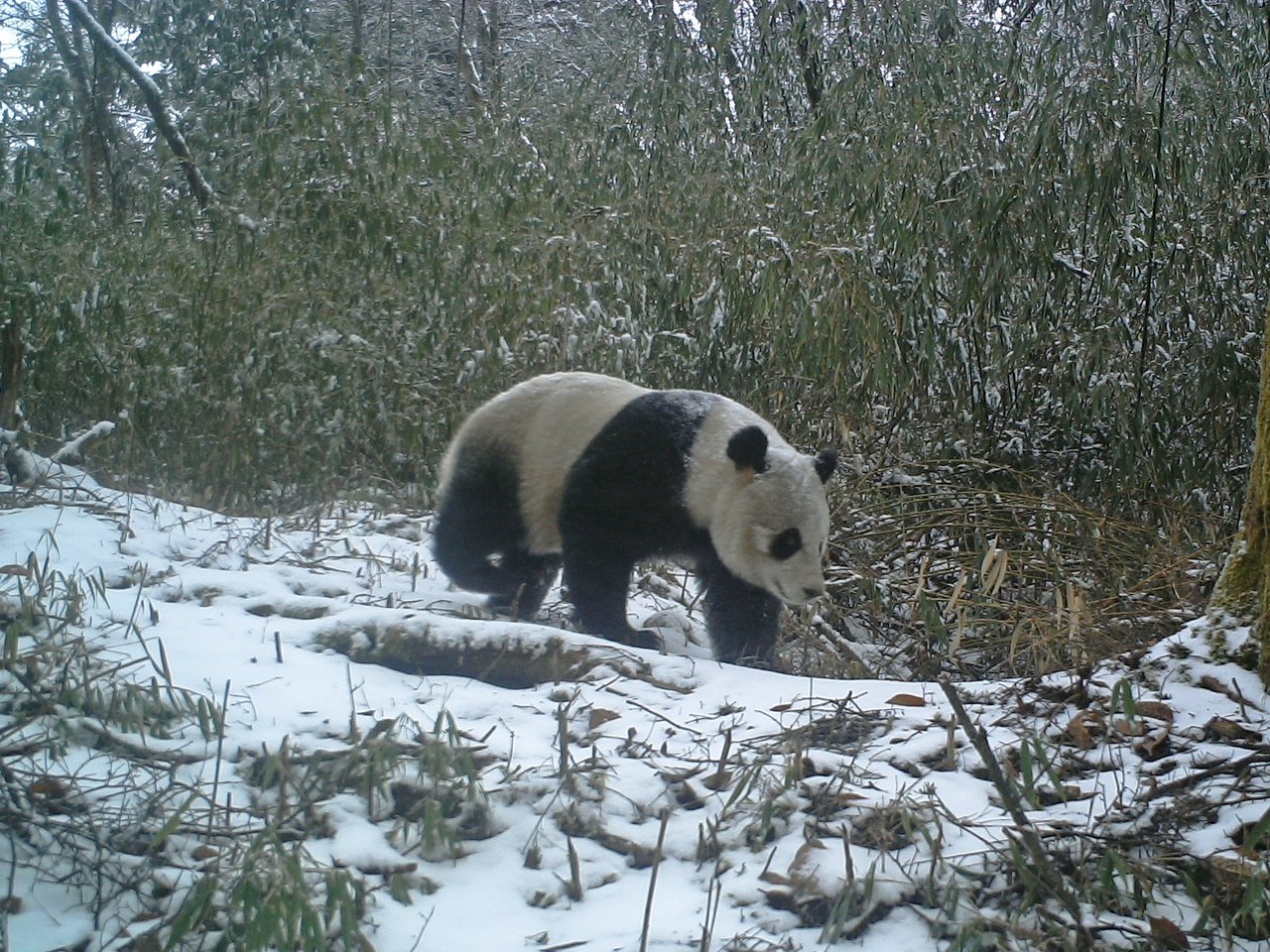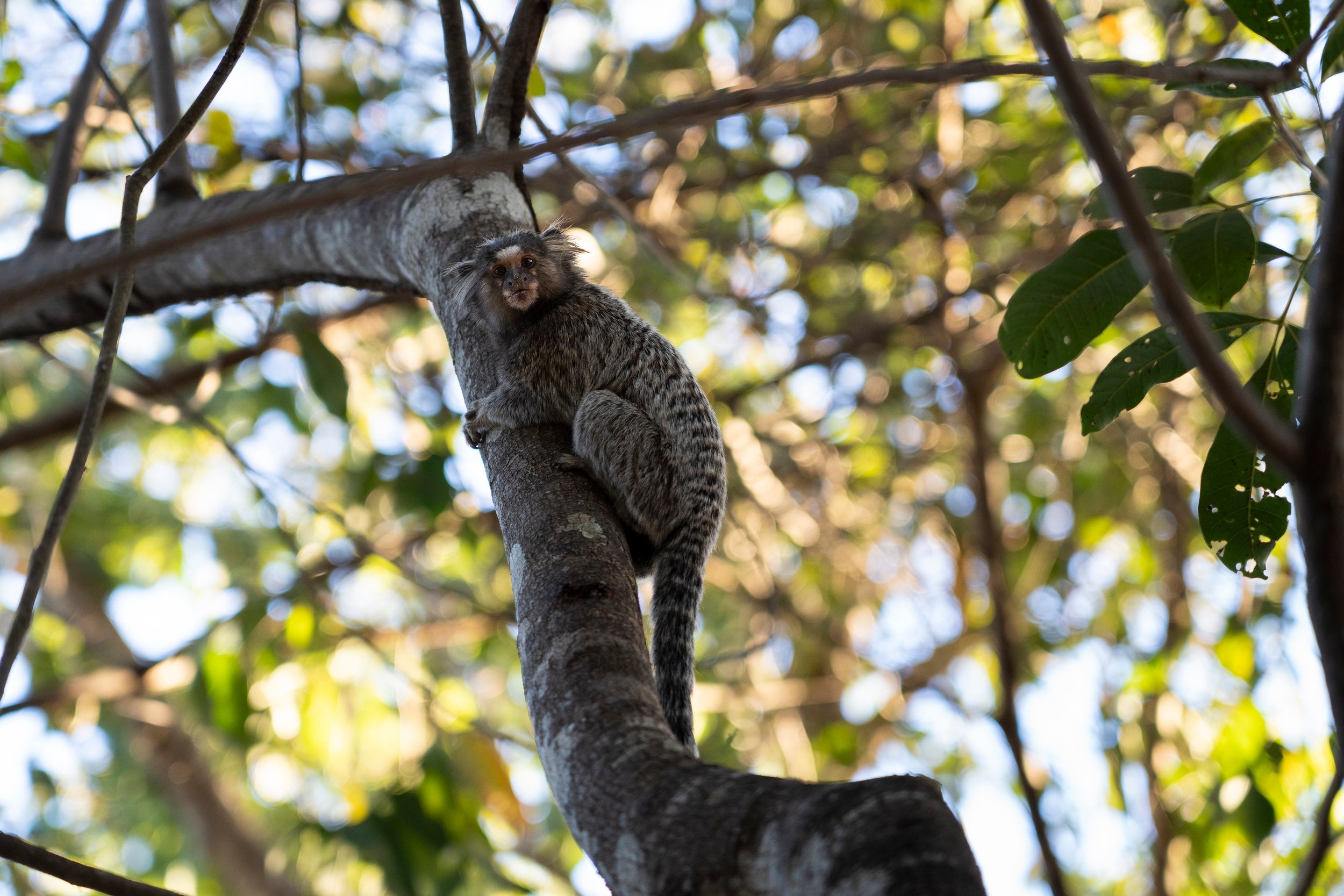Climate Change and Animal Welfare
Blog
Explore the impact of factory farming on climate change and how plant-based or sustainable animal products support climate change and animal welfare.

Wildlife
Habitat destruction leaves animals without the space, food, and water they need to thrive, putting ecosystems and biodiversity under increasing pressure.
As more habitats are destroyed or fragmented by factory farming, deforestation for animal feed, and even wildlife farming, we are edging closer to a biodiversity collapse. This ongoing destruction drives the decline of countless species and damages the natural systems that animals and people depend on.
At World Animal Protection, we’re working to end habitat destruction and animal cruelty by putting a stop to factory farming and exploitation of wild animals, which are major contributors to habitat loss.
Habitat loss and destruction are primarily driven by human activity. From factory farming to urban expansion and commercial exploitation of wildlife, the ways we use land are putting animals and ecosystems at serious risk.
Factory farming is fuelling deforestation for animal feed and livestock grazing. This is a huge problem in the Amazon, where JBS and industrial meat production are clearing land at a startling rate, displacing over 10,000 species.
Wildlife farming — breeding wild animals for profit — also contributes to habitat degradation. These operations often require wild-caught breeding stock, encourage wildlife trade, and place unnatural pressure on ecosystems. This industry is expanding in Asia and Africa and represents a growing threat to biodiversity and ethical wildlife protection.
As populations increase, so does the need for urban development and infrastructure. Cities, roads, and unsustainable tourism are expanding into wild areas, leading to habitat loss and habitat fragmentation.
Other causes of habitat loss and habitat degradation include mining, logging, oil exploration, and large-scale agriculture. These extractive activities make natural habitats unlivable for wildlife.
The examples of habitat destruction above affect wildlife, our planet, and us as human beings. Habitat loss is a crisis of animal cruelty and ecological breakdown.
Habitat destruction leads to:
The most endangered habitats in the world are found in the Amazon, Southeast Asia, and African savannahs.
In the Amazon, deforestation and illegal land use are destroying habitats critical for jaguars, maned wolves, and South American tapirs. Similarly, Southeast Asia’s forests are being rapidly cleared for palm oil plantations, pushing orangutans, elephants, and tigers closer to extinction. Land degradation in the African savannahs also threatens iconic species like lions and giraffes.
In some regions, the rise of wildlife farming adds further pressure on habitats. These commercial operations not only exploit animals in confinement but also drive land-use change, disrupt local ecosystems, and fuel demand for wild species.
This habitat degradation further accelerates climate change, which in turn puts even more pressure on wildlife. By fighting to stop factory farming and the exploitation of wild animals, we help to protect these habitats and the animals that call them home.
Protecting and restoring habitats can prevent habitat loss. This benefits wildlife and biodiversity and helps combat climate change, too.
Here are some solutions that help to combat habitat loss.
We can protect habitats from factory farming by highlighting the impact of habitat loss and encouraging policymakers to pass environmental protections.
Indigenous communities often have invaluable ecological knowledge and a deep connection to the land. Seeking their involvement in rewilding initiatives is a great way to ensure ecological restoration.
We can exert consumer power by exposing the companies involved in factory farming. This means highlighting the actions of industrial meat production companies like JBS and banks like Barclays that fund their environment-destroying activities.
We’re campaigning for plant-based food system alternatives at World Animal Protection and have contributed to the Just Food Transition Roadmap, a blueprint for equitable, humane, and sustainable food systems.
Commercial wildlife farming is a growing but overlooked driver of habitat degradation. At World Animal Protection, we’re calling for a global phase-out of wildlife farming. Ending the exploitation of wild animals helps protect species, reduce ecosystem disruption, and prevent land use from being diverted away from conservation and rewilding efforts.

White-tufted marmoset (Callithrix jacchus) close to the Cerrado. One of many wildlife affected by the changes in the landscape. Credit: World Animal Protection/Réporter Brasil/Fernando Martinho
Everyone can make a difference. Here are some things you can do to join the fight against habitat loss.
Donate or subscribe for updates to support our work.
Blog
Explore the impact of factory farming on climate change and how plant-based or sustainable animal products support climate change and animal welfare.
News
A controversial four-lane highway cutting through protected Amazon rainforest is under construction in preparation for the COP30 climate summit in the Brazilian city of Belém.
Ending commercial exploitation
Wildlife farming is the commercial breeding and raising of wild animals. Learn how you can take action to prevent their exploitation.
Blog
What is biodiversity loss, and what causes it? We define biodiversity loss, explore its effects, and explain why the loss of biodiversity is a concern.
Blog
Find out why habitat loss is causing physical and mental stress to animals. Plus, see how you can protect wildlife habitat and reduce animal suffering.
Blog
Learn about habitat fragmentation, its causes, and why it threatens wildlife habitat. Plus, see how to help stop habitat destruction and fragmentation.
Press release
First-of-its-kind research exposes true global scale of factory farming and its detrimental effects on farmed animals, human health,...
Press release
World Animal Protection urges a global move from industrial animal farming as COP30 concludes in Belém, calling for...
News
COP30 closed with limited progress on forests, food systems, or animal welfare. World Animal Protection warns that Big...
News
More than 300 industrial agriculture lobbyists attend COP30, including JBS suppliers driving deforestation and threatening climate solutions.